Learn more about Peru’s top attraction with these Machu Picchu facts.
Overview
The District of Machu Picchu is located in the south-eastern region of Peru, 70 mi (110 km) away by train from the city of Cusco. It is located at the confluence of the rivers Vilcanota and Alccamayu near the gateway town to Machu Picchu known as Aguas Calientes. The district is part of the 32,592 hectares of the Sanctuary of Machu Picchu. The territory covers several ecological districts, from the jungle region to the region of Puna.
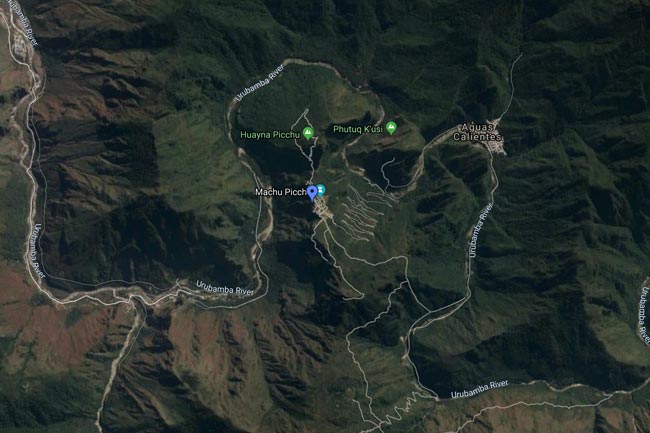
- Province: Urubamba
- Department: Cusco
- Nearest Town: Aguas Calientes (or Machu Picchu town)
- Altitude: 2,400 meters above the sea level
Weather: It is warm and humid, with sunny days and cool nights. The rainy season starts in December and ends in March. The dry season goes from April to November. Read more about Machu Picchu weather.
Population: The district population is estimated at 5 286 inhabitants, of which 4,229 inhabitants belong to the urban sector that is Machu Picchu town, and 1,057 inhabitants belong to the rural sector, that is the twelve rural communities.
Routes: How to Get to Machu Picchu
- By train: 4 hours from Cusco city
- Trekking: Inca Trail
Surroundings
Machu Picchu was integrated into the network of Inca roads of the Empire. Using these pathways you can access other nearby Inca sites that are of great interest.
Within the Machu Picchu Sanctuary, to the north, there’s an Inca trail leading up to the top of Huayna Picchu, but this trail also fork off and goes to the lesser known Temple of the Moon. To the west is the road to Intipata and passes through the famous “removable bridge”. And to the south is the best known and most important section of all the Inca trail, which is the most popular trekking route in Peru.
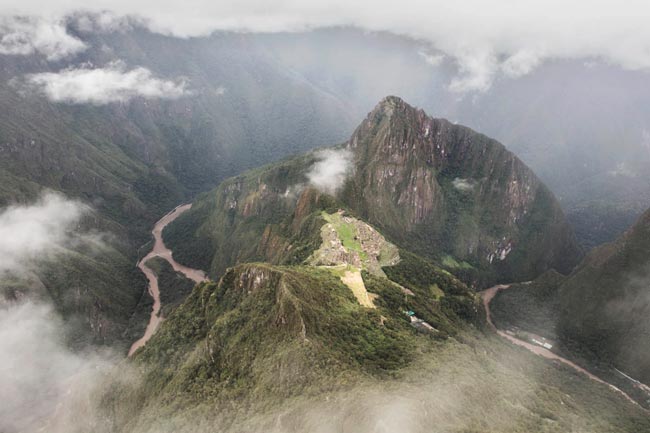
The Inca Trail to Machu Picchu is a trip of 3 to 4 days going through what the late fifteenth century was the main access route to Machu Picchu, which began in Llactapata Complex and passed through the ceremonial centers of Sayacmarca Phuyupatamarca and Wiñaywayna, ending in the “tambo” of Intipunku, the “gated” entrance to Machu Picchu domains and final point.
History
Machu Picchu was “discovered” by American archaeologist Hiram Bingham in 1911. Archaeologists believe it was built during the fifteenth century AD by the Incas, but the true function remains a mystery. A number of inhabitants occupied Machu Picchu, likely by nobles, priests, and “aqllas” (Virgins of the Sun). These high ranking citizens of the Inca Empire of course needed to be catered to; evidence suggests a population of peasants worked the fields but did not live inside the citadel.
Machu Picchu’s natural surroundings are stunning. The citadel is built on top of a hill surrounded by the Urubamba river and a mountain range, it seems the center of a ring of mountains.
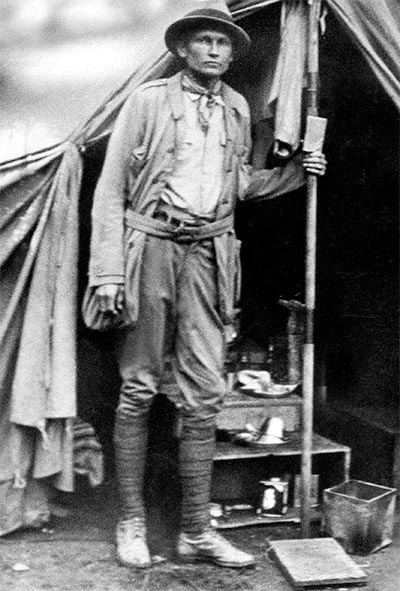
Machu Picchu is divided into 3 areas: 2-populated areas and the agricultural sector, which is a vast system of terraces and irrigation canals. The urban sector has two districts, one of them contains most important sacred structures, like the Temple of the Sun and the Royal Room. In the other urban neighborhood are the homes of the nobles and the convent of the “Virgins of the Sun.” Between these two neighborhoods is a spacious open square.
Perhaps the biggest attraction of Machu Picchu is the level of technological development achieved by the builders in architecture and stonework. The joints of the stones in some structures are so narrow that not even a pin could be inserted between them. The most significant stone is the “Intihuatana” or solar calendar, which allowed the Incas to know precisely the seasons and the weather throughout the year.
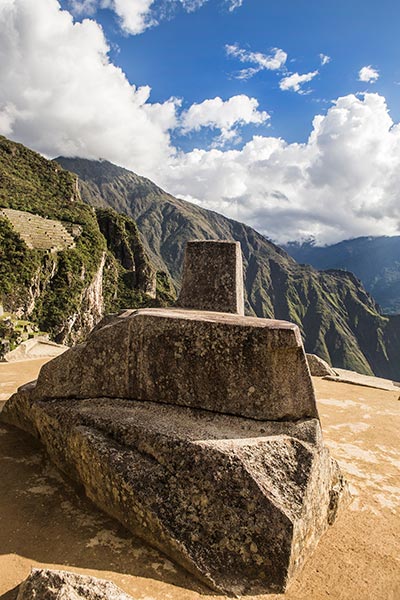
For many visitors today, Machu Picchu more than history and old technologies, but also a spiritual enclave with a powerful and mysterious energy.
Interesting Things to Know
- In Quechua Machu Picchu means “Old Peak” or “Old Mountain.”
- Machu Picchu was only known locally until Hiram Bingham re-discovered it in 1911.
- On July 7, 2007, Machu Picchu was chosen as one of the new seven wonders of the modern world
- Hiram Bingham took 5,000 archaeological pieces to Yale University as a result of excavations in Machu Picchu. For a long time they were claimed by the Peruvian government. Yale University recently returned all of the pieces in 2011 to Peru, to commemorate the centenary of the rediscovery of Machu Picchu by Bingham.
- It is believed that no wheel was used to transport heavy rocks for the construction of the city.
- Machu Picchu is made up of more than 150 buildings ranging from baths, temples and sanctuaries.
- There are many theories about the purpose of Machu Picchu, such as real property and a secret ceremonial center.
- The structures were built with a technique called “ashlar”, stones that are cut to fit together without mortar that not even a knife blade can fit in between the stones.
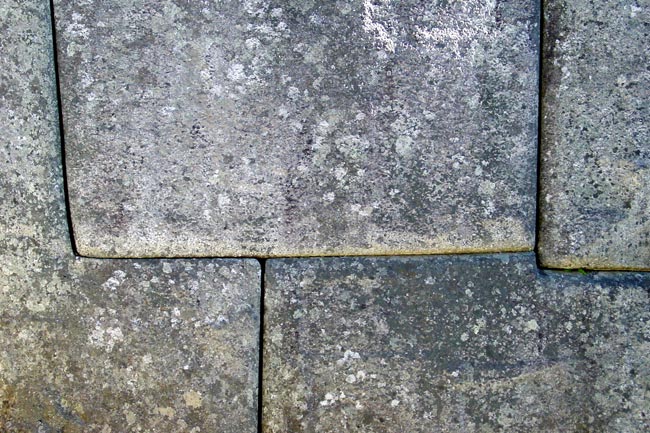
- Machu Picchu was an astronomical observatory.
- The sacred Intihuatana stone indicates the two equinoxes. Twice a year, the sun sits directly over the stone creating no shadow.
Discover the Land of the Inca on this customizable 6-day journey.